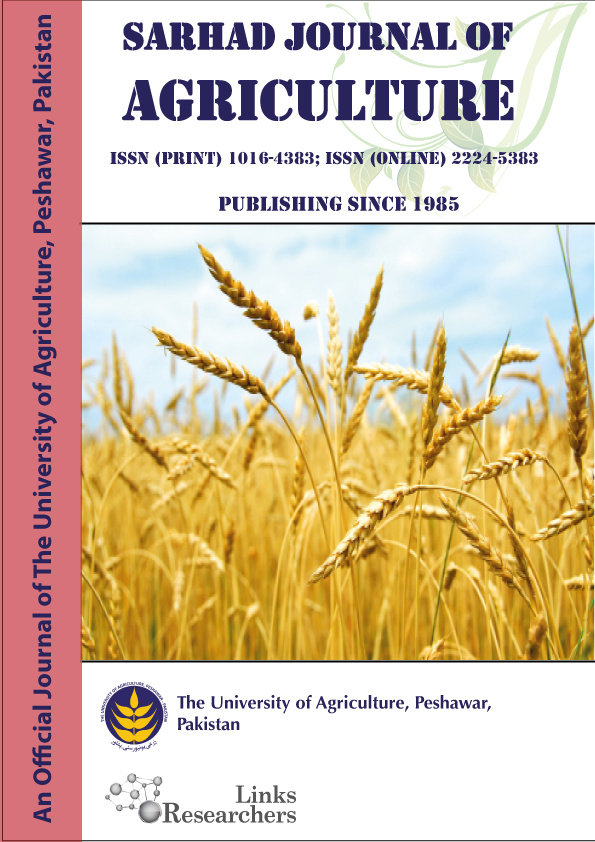Morphological Variation of Theobroma cacao L. Affected by Increasing Doses of Heavy Metals
Morphological Variation of Theobroma cacao L. Affected by Increasing Doses of Heavy Metals
Robinson Torres Ronquillo1, Manuel Carrillo Zenteno2, Wuellins Durango Cabanilla2, Diego Franco Ochoa1, César Quinaluisa Morán1, Seyed Mehdi Jazayeri3,4, Gregorio Vásconez Montufar5, E. Rajasekhar6, Naga Raju Maddela7* and Ronald Villamar-Torres1,5*
ABSTRACT
To share on other social networks, click on any share button. What are these?







